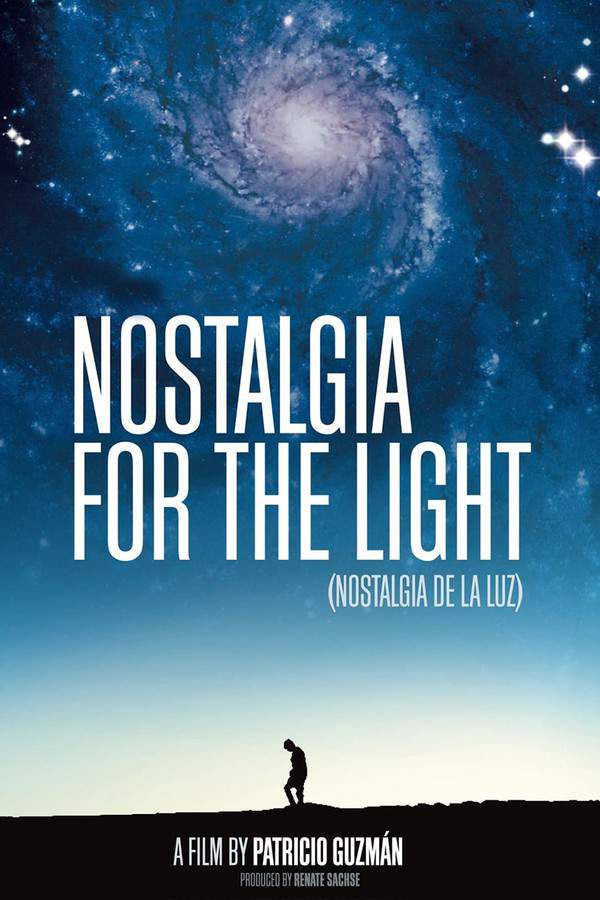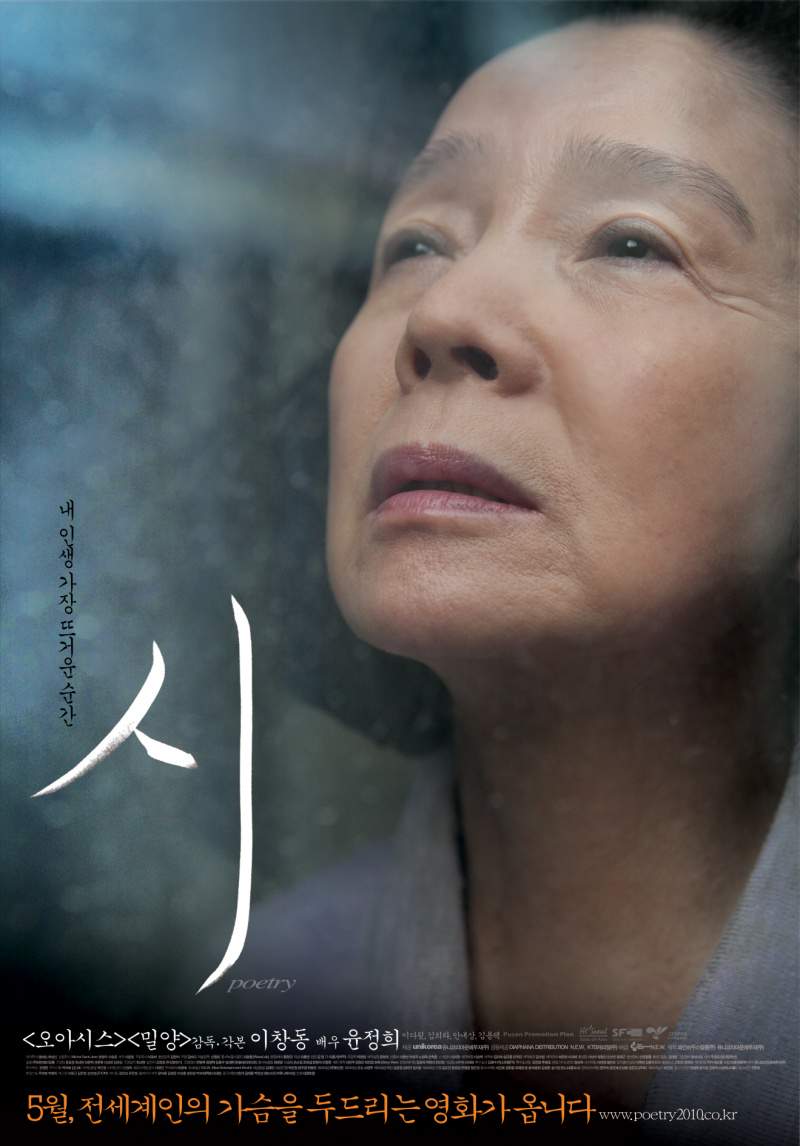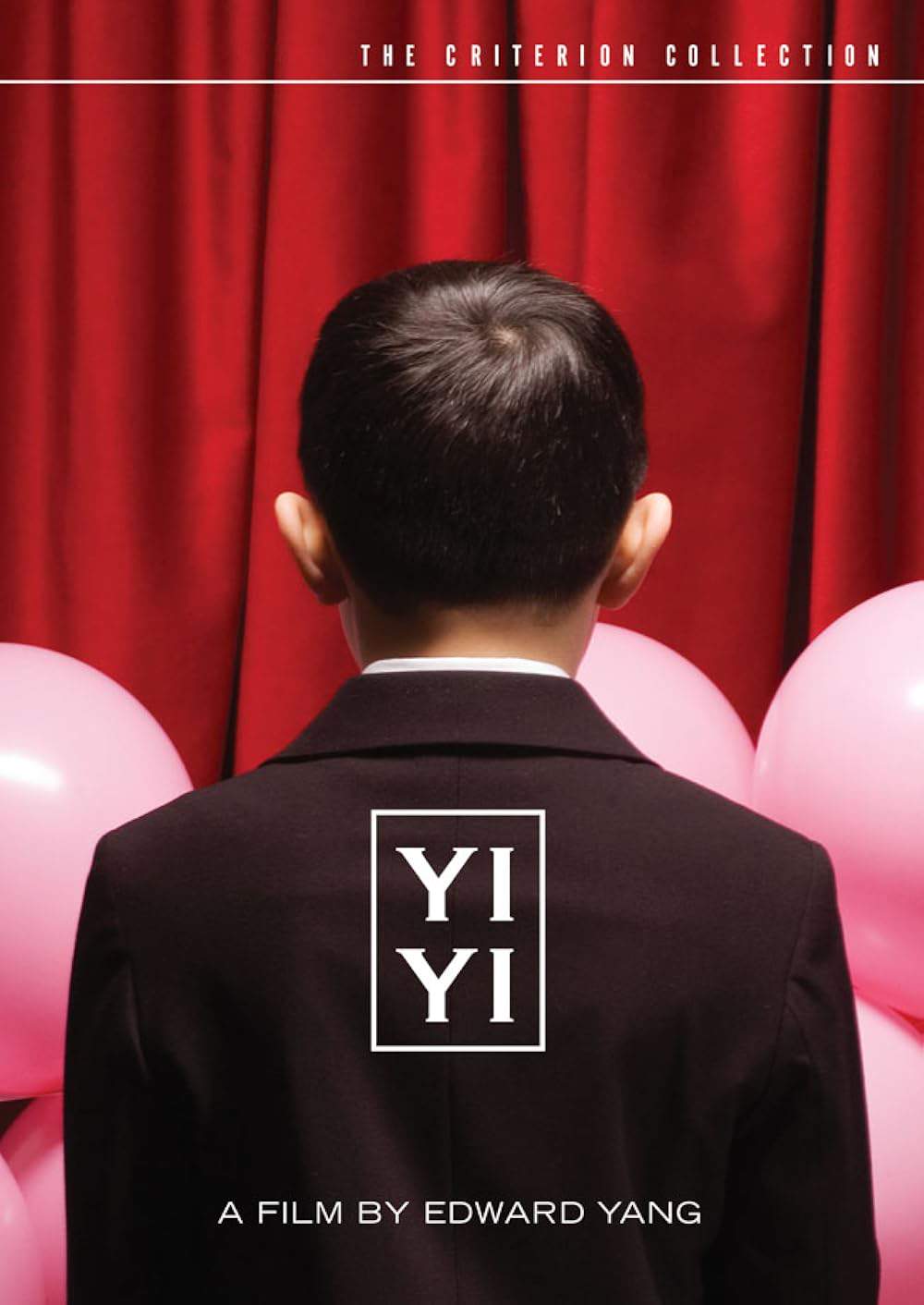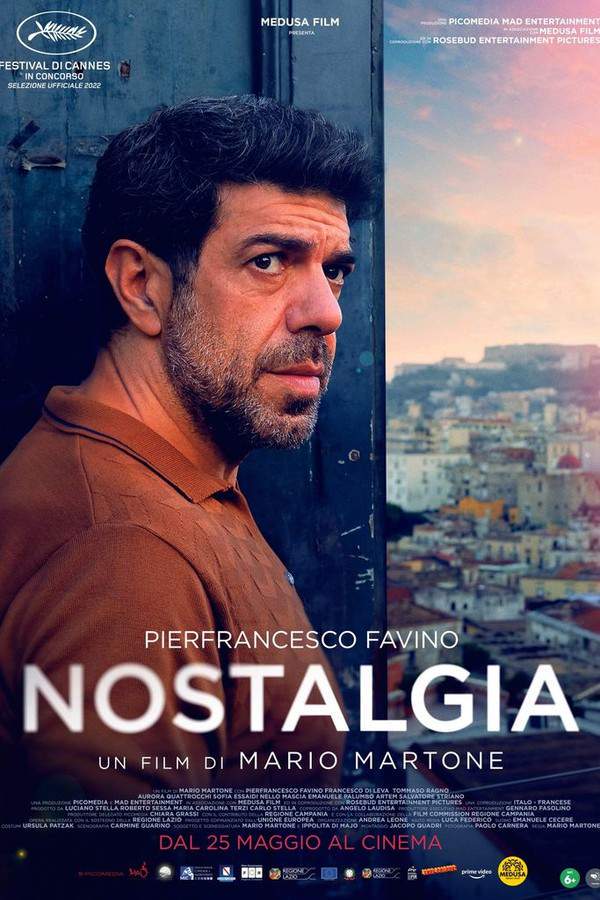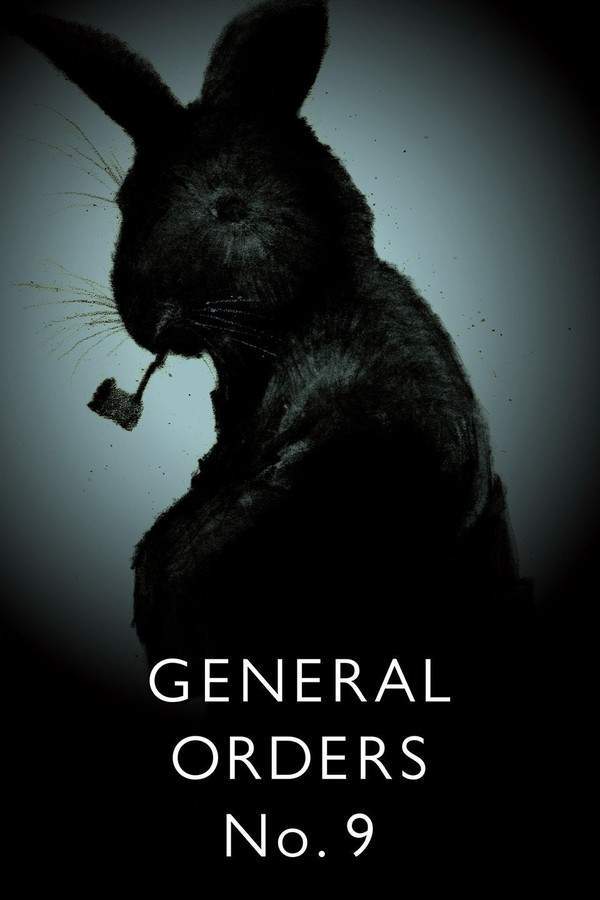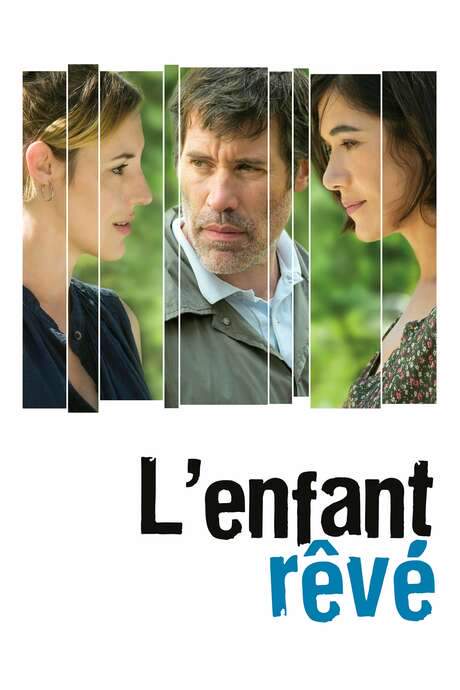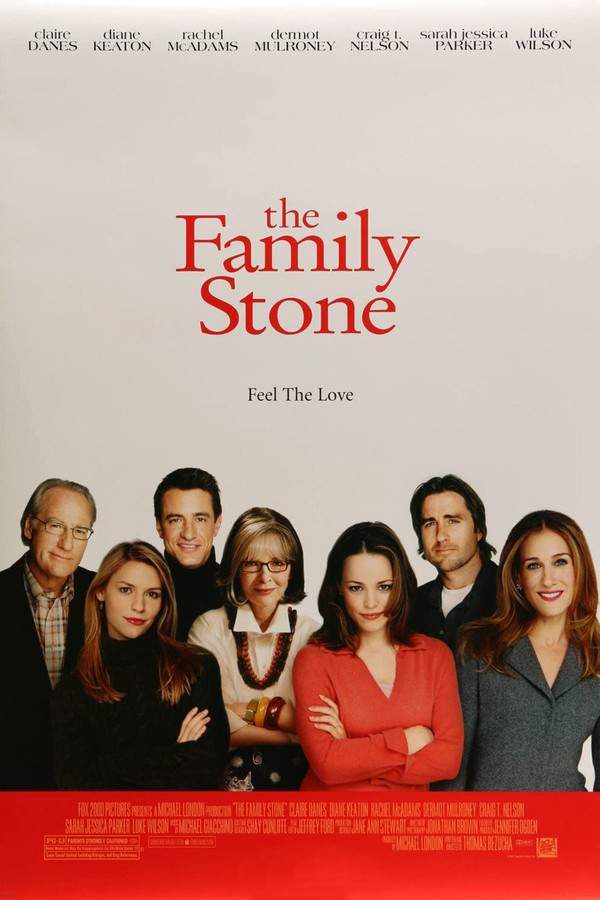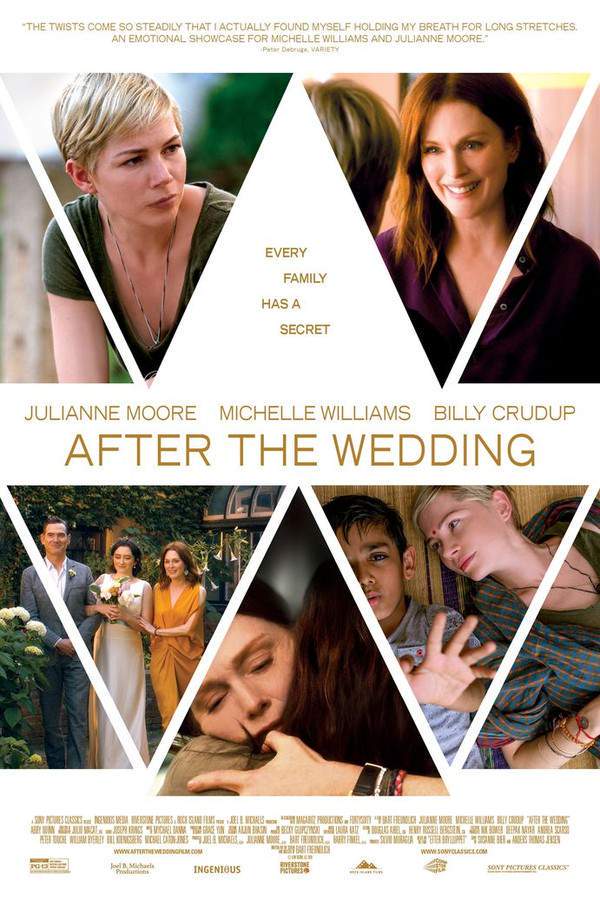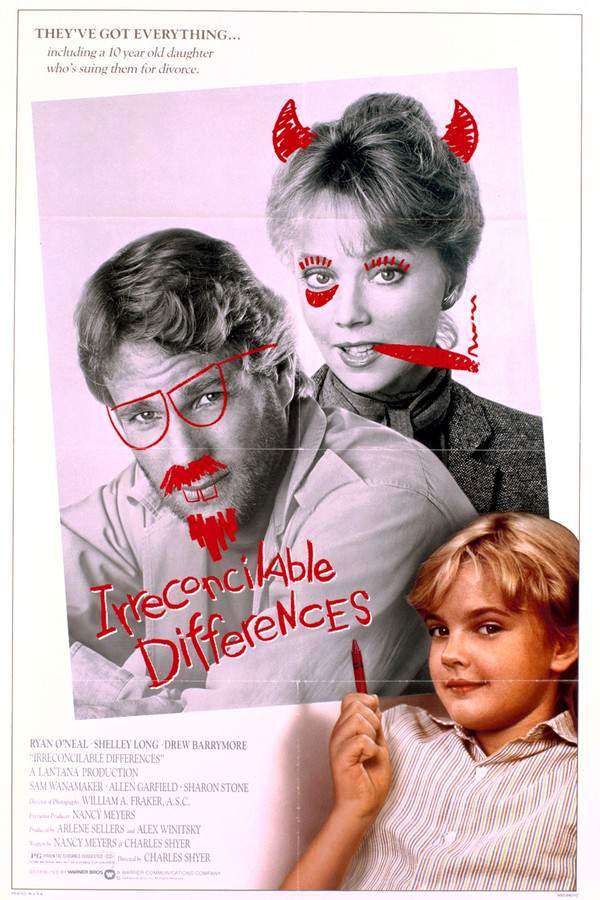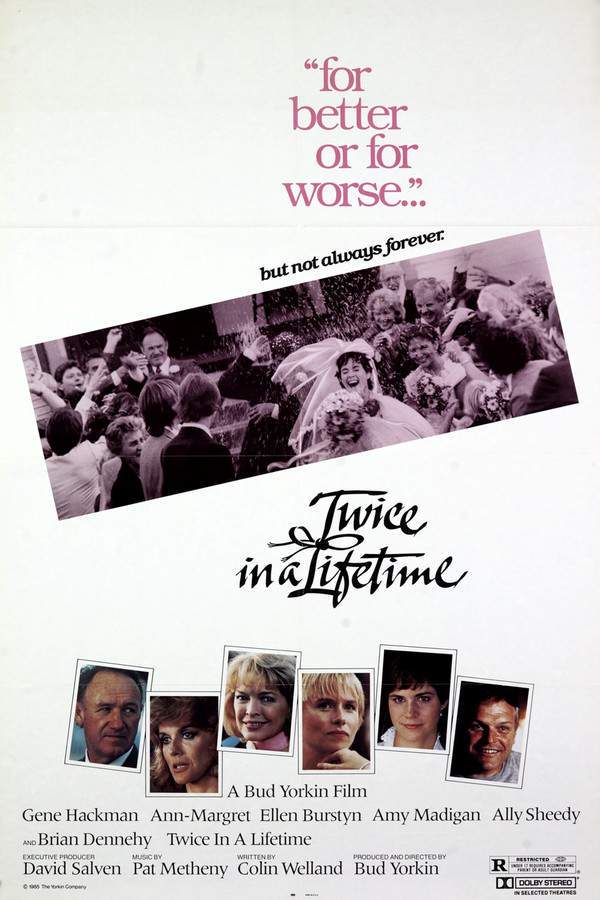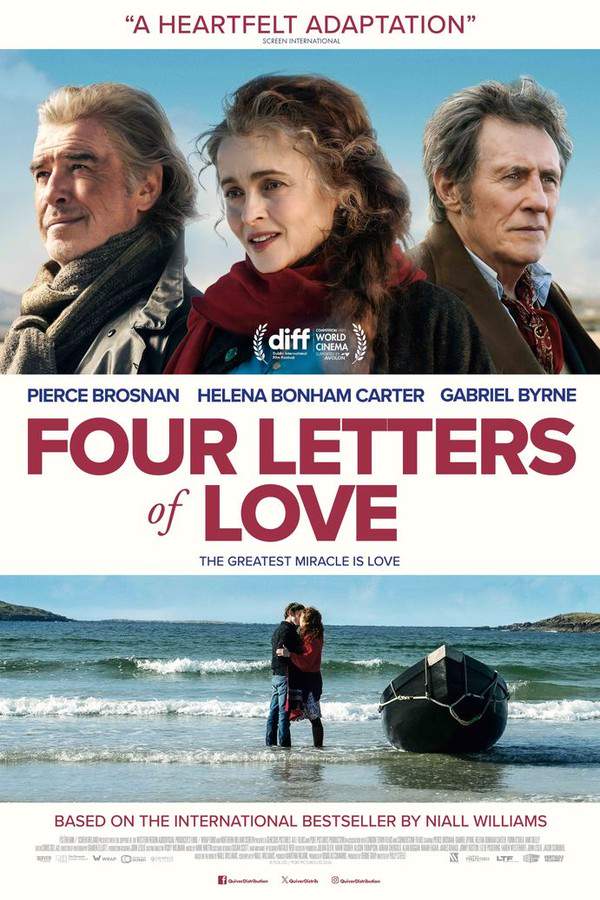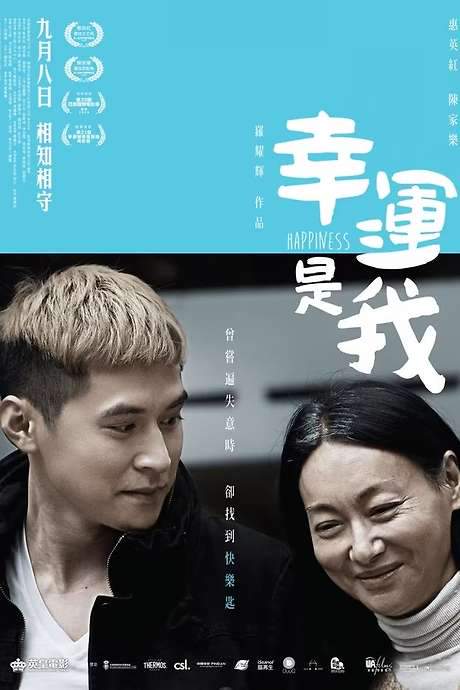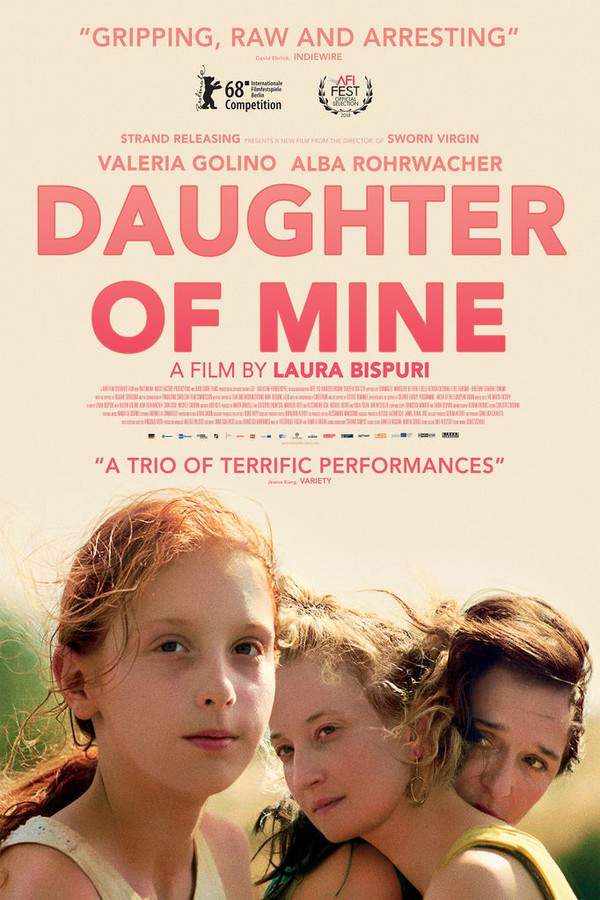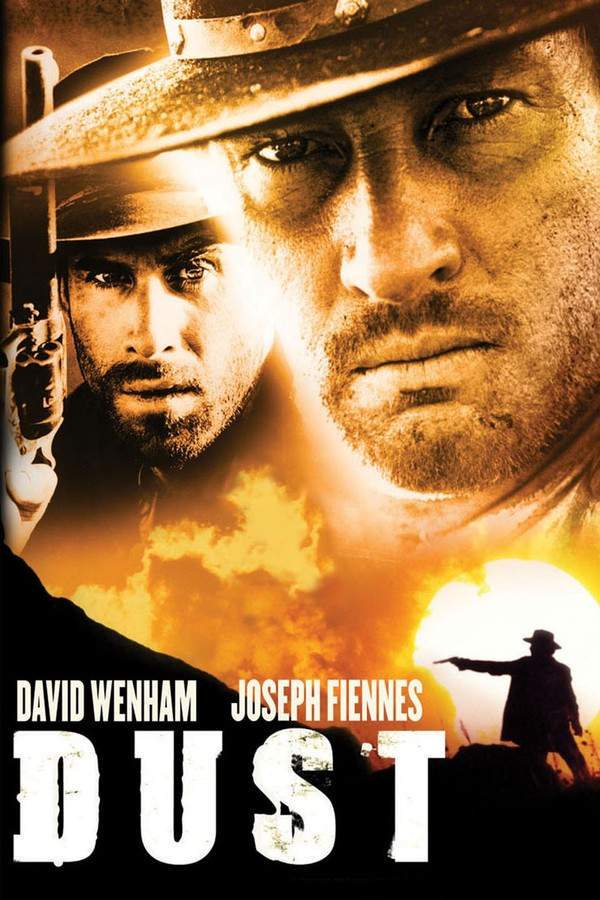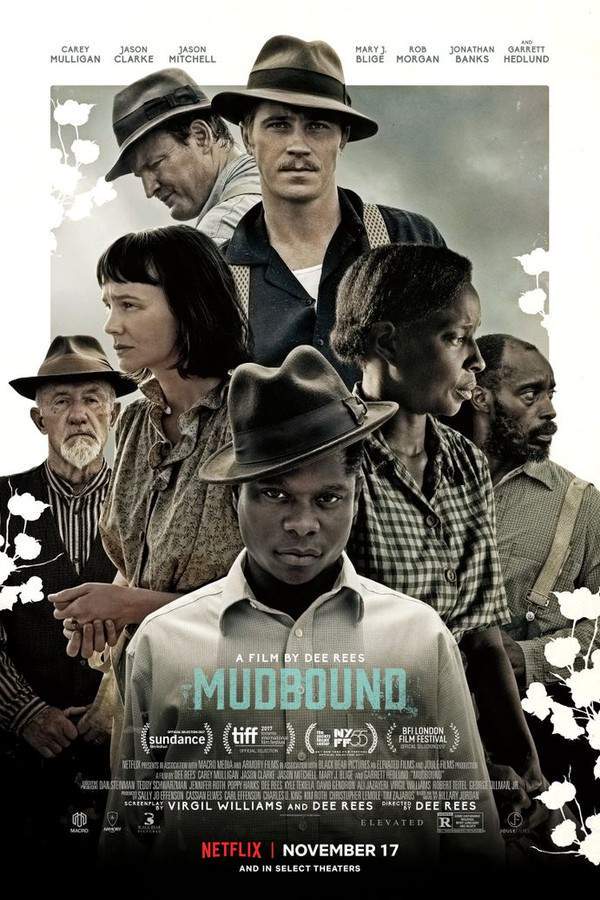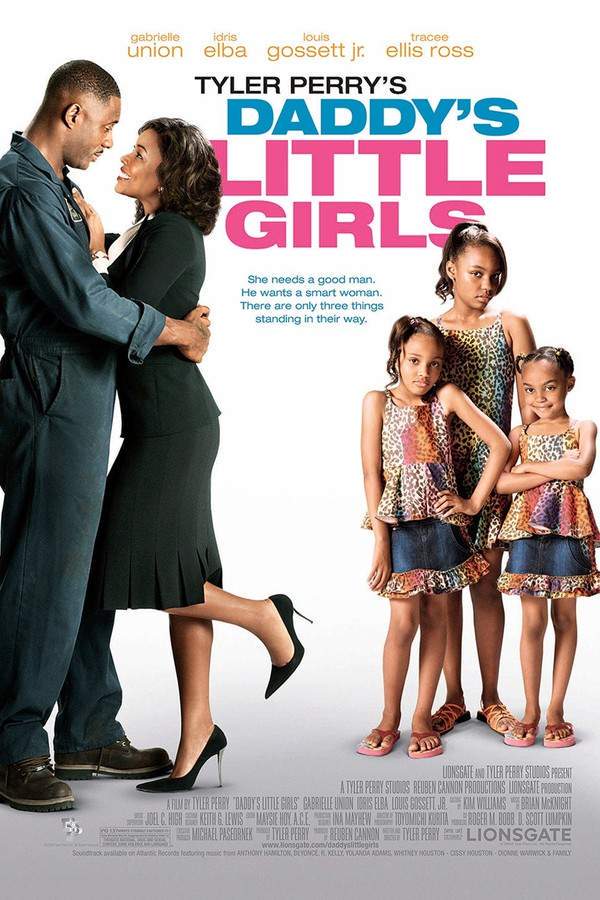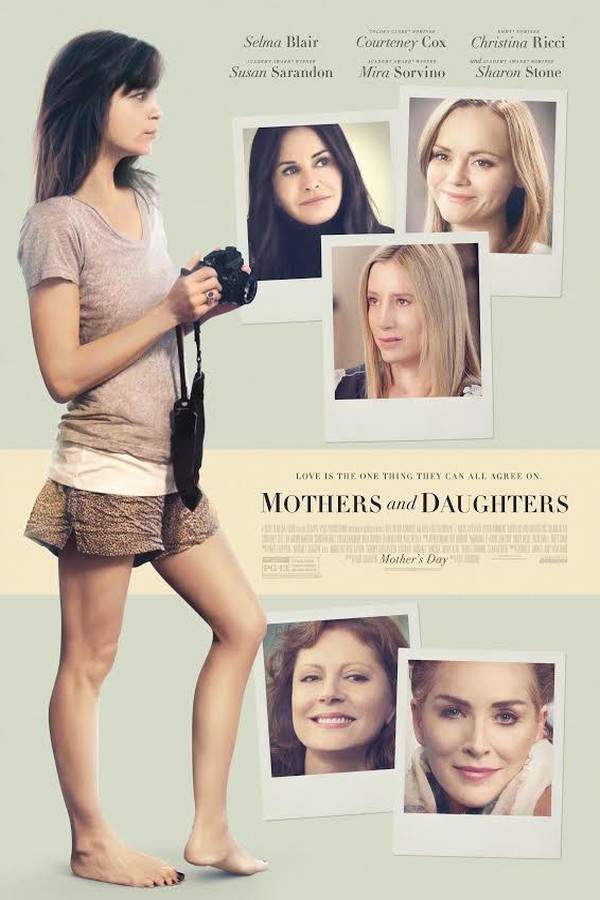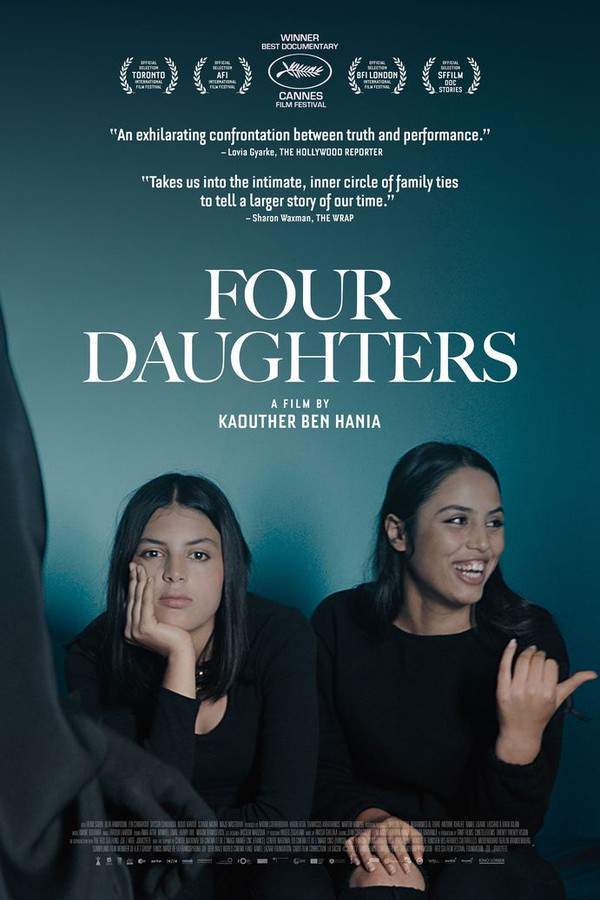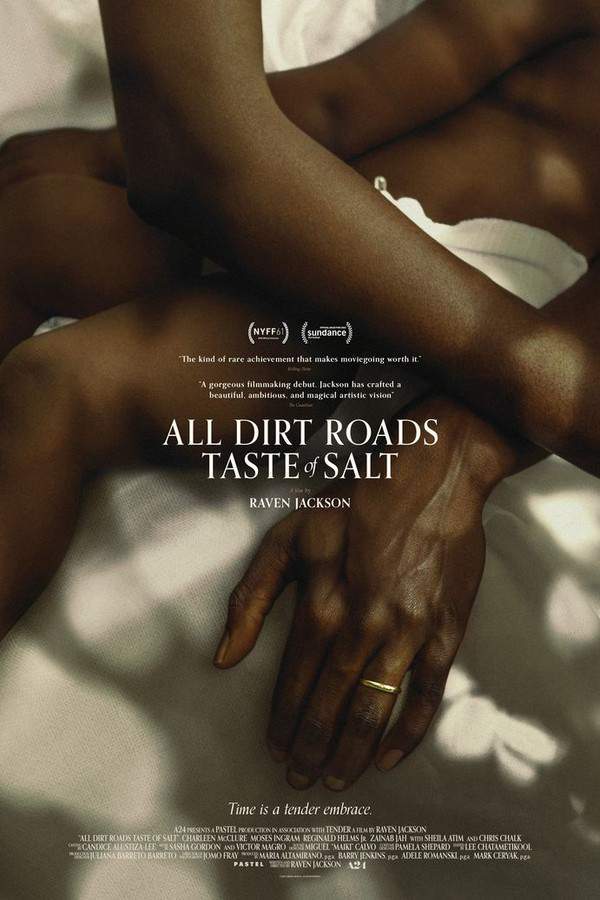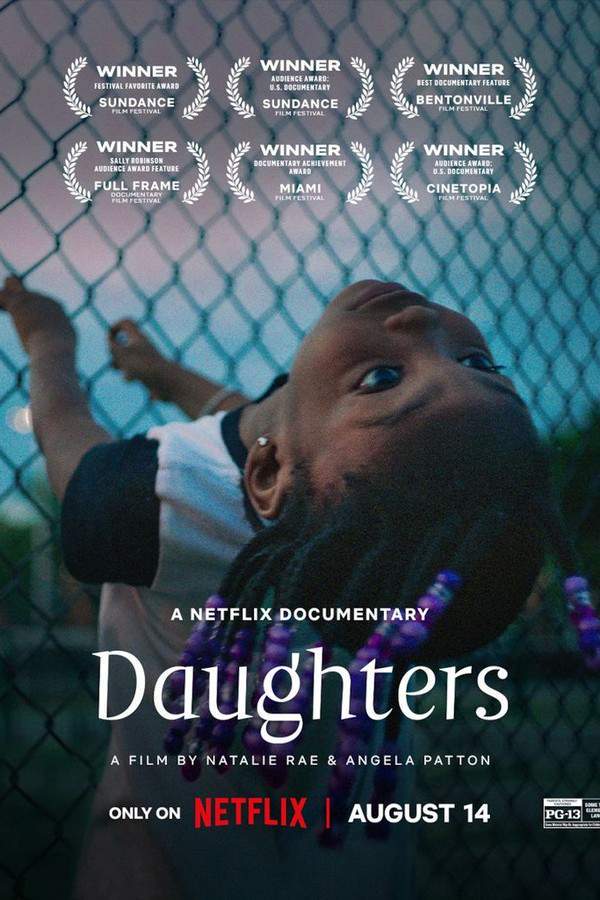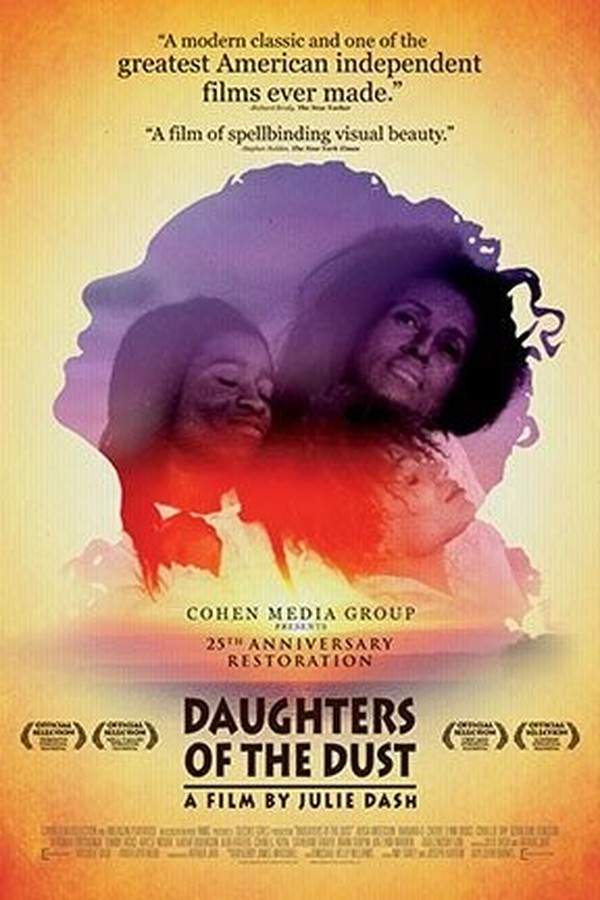
Daughters of the Dust
Year: 1991
Runtime: 112 min
Language: English
Director: Julie Dash
At the turn of the 20th century, a Gullah family living on the Sea Islands of South Carolina grapples with a difficult choice. They must decide whether to remain on their ancestral land, safeguarding their unique cultural heritage and traditions, or to move to the mainland and embrace an unknown future. The decision sparks complex emotions and tests the bonds that tie them to their past.
Warning: spoilers below!
Haven’t seen Daughters of the Dust yet? This summary contains major spoilers. Bookmark the page, watch the movie, and come back for the full breakdown. If you're ready, scroll on and relive the story!
Timeline & Setting – Daughters of the Dust (1991)
Explore the full timeline and setting of Daughters of the Dust (1991). Follow every major event in chronological order and see how the environment shapes the story, characters, and dramatic tension.
Last Updated: October 22, 2024 at 21:30
Main Characters – Daughters of the Dust (1991)
Meet the key characters of Daughters of the Dust (1991), with detailed profiles, motivations, and roles in the plot. Understand their emotional journeys and what they reveal about the film’s deeper themes.
Last Updated: October 22, 2024 at 21:30
Major Themes – Daughters of the Dust (1991)
Explore the central themes of Daughters of the Dust (1991), from psychological, social, and emotional dimensions to philosophical messages. Understand what the film is really saying beneath the surface.
Last Updated: October 22, 2024 at 21:30
Explore Movie Threads
Discover curated groups of movies connected by mood, themes, and story style. Browse collections built around emotion, atmosphere, and narrative focus to easily find films that match what you feel like watching right now.
Cultural memory films like Daughters of the Dust
Stories where memory, ancestry, and tradition are woven into the narrative fabric.If you liked the lyrical exploration of Gullah Geechee heritage in Daughters of the Dust, discover other movies like it that poetically delve into cultural memory, ancestral spirits, and the bittersweet ties to tradition.
Narrative Summary
These narratives often unfold in a circular or reflective manner, prioritizing atmosphere and theme over a straightforward plot. The central conflict frequently arises from the tension between preserving a unique cultural identity and adapting to an encroaching modern world.
Why These Movies?
Movies are grouped here for their shared focus on cultural specificity, their use of poetic and sometimes magical realist techniques to represent memory, and their melancholic yet tender tone when exploring the pain and beauty of heritage.
Bittersweet family dramas like Daughters of the Dust
Ensemble dramas where a family must make a life-altering collective decision.Find movies similar to Daughters of the Dust, where a multigenerational family grapples with a difficult, life-changing decision. These stories capture the bittersweet emotions of departure, legacy, and the ties that bind.
Narrative Summary
The story is driven by the emotional fallout of a single major decision, exploring different perspectives within a family unit. The journey is less about action and more about dialogue, reflection, and the aching weight of a potential farewell, often leading to a divided but understandable conclusion.
Why These Movies?
These films share a strong ensemble cast, a central dramatic dilemma that impacts the entire family, a bittersweet emotional tone, and a pacing that allows for deep exploration of each character's stake in the outcome.
Unlock the Full Story of Daughters of the Dust
Don't stop at just watching — explore Daughters of the Dust in full detail. From the complete plot summary and scene-by-scene timeline to character breakdowns, thematic analysis, and a deep dive into the ending — every page helps you truly understand what Daughters of the Dust is all about. Plus, discover what's next after the movie.
Daughters of the Dust Summary
Read a complete plot summary of Daughters of the Dust, including all key story points, character arcs, and turning points. This in-depth recap is ideal for understanding the narrative structure or reviewing what happened in the movie.

Daughters of the Dust Timeline
Track the full timeline of Daughters of the Dust with every major event arranged chronologically. Perfect for decoding non-linear storytelling, flashbacks, or parallel narratives with a clear scene-by-scene breakdown.

Daughters of the Dust Spoiler-Free Summary
Get a quick, spoiler-free overview of Daughters of the Dust that covers the main plot points and key details without revealing any major twists or spoilers. Perfect for those who want to know what to expect before diving in.

More About Daughters of the Dust
Visit What's After the Movie to explore more about Daughters of the Dust: box office results, cast and crew info, production details, post-credit scenes, and external links — all in one place for movie fans and researchers.

Similar Movies to Daughters of the Dust
Discover movies like Daughters of the Dust that share similar genres, themes, and storytelling elements. Whether you’re drawn to the atmosphere, character arcs, or plot structure, these curated recommendations will help you explore more films you’ll love.
Explore More About Movie Daughters of the Dust
Daughters of the Dust (1991) Plot Summary & Movie Recap
Daughters of the Dust (1991) Scene-by-Scene Movie Timeline
Daughters of the Dust (1991) Spoiler-Free Summary & Key Flow
Movies Like Daughters of the Dust – Similar Titles You’ll Enjoy
Daughter of Mine (2019) Story Summary & Characters
Dust (2003) Film Overview & Timeline
Mudbound (2017) Film Overview & Timeline
The Daughter (2017) Story Summary & Characters
Daddy's Little Girls (2007) Ending Explained & Film Insights
Mothers and Daughters (2016) Spoiler-Packed Plot Recap
Four Daughters (2023) Full Movie Breakdown
All Dirt Roads Taste of Salt (2023) Plot Summary & Ending Explained
Daughters (2024) Movie Recap & Themes
Dust (1985) Movie Recap & Themes
Daughters Of Abdulrahman (2021) Plot Summary & Ending Explained
Daughter of the Sea (2022) Story Summary & Characters
Daughter Rite (1979) Full Summary & Key Details
The Daughter-in-Law (1972) Ending Explained & Film Insights
On Mothers and Daughters (2023) Full Summary & Key Details

